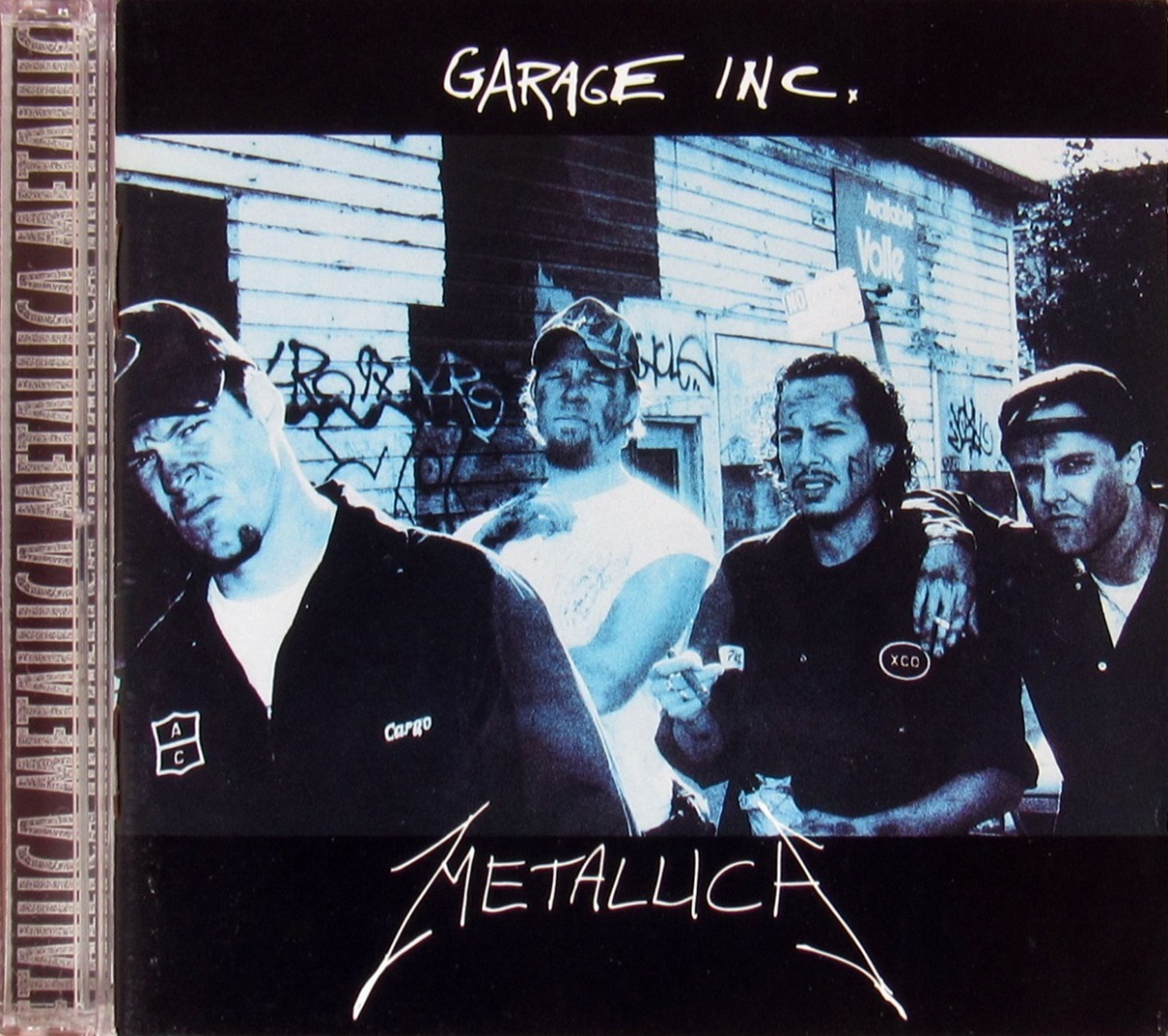


Just as basements became game rooms, garages, too, became multipurpose. This theory counters more common forms of historical explanation-federal subsidies in the form of highways and suburban housing, for example-but captures something of the monstrous, devouring nature of the American garage. Erlanger and Ortega Govela note that Wright also eliminated much of the closet space from the house, foreshadowing the eventual move of most storage into the garage, “the American consumer’s preferred landfill.” For Erlanger and Ortega Govela, Wright’s garage was ahead of its time, an autonomous object, freighted with ideological momentum, that paved the way for the reshaping of cities around cars and the expansion of the suburbs. The house announces its integration of the automobile. For Robie’s house, Wright did away with the habitual front porch and stable, and instead placed, right up front, what may be the world’s first attached three-car garage.

They shared an enthusiasm for new technology: Wright was an early adopter of the automobile-when he went to meet Robie, he drove his custom-built yellow Stoddard-Dayton, a low-slung motorized canoe with tall wheels and cartoonishly eyelike headlamps-while Robie wanted his father to turn to car manufacturing. Frederick Robie was an entrepreneur, the son of a bicycle manufacturer his wife, Lora, had come across Wright’s work in House Beautiful and insisted that the two meet, with the hopes that Wright might design their new home. Erlanger and Ortega Govela, looking for the origin of the contemporary garage, find it in an unexpected place: Frank Lloyd Wright’s Robie House, one of the architect’s original Prairie-style homes, which was completed in 1910 and is still standing, on the South Side of Chicago. The true revolution took place when the garage became an essential part of the house, attached and connected by a door. Around the time of the First World War, American cities began to have more prosaic garages, lined up along service alleys, often ransacking the space back yards once occupied. But many house designs took pains to hide the garage at the end of a long driveway, or behind a wall. Often, a second story housed the chauffeur (another French borrowing). Modelled after stables and coach houses, garages were initially detached, for sanitation reasons, from the main home, and could be constructed in the fancy styles of the day a 1906 House Beautiful issue laid out Colonial, Tudor, and Craftsman garages. Jackson noted, in the borrowing of what was obviously a French word for an American phenomenon. The extravagance and curiosity of the early American garage was symbolized, the landscape historian J. For Erlanger and Ortega Govela, who speculate with more brevity, the garage is a latter-day arcade, a symbol of modernity-or maybe postmodernity. The authors of “Garage” locate themselves in the tradition of the German critic Walter Benjamin, who speculated for more than a thousand pages on Paris shopping arcades as emblems of the nineteenth century. Entire companies were concocted in a garage, and several styles of music were named after it. But they soon became much more: storage spaces, offices, man caves. Garages were, of course, designed to house cars. In their recent book, “ Garage,” Olivia Erlanger, an artist, and Luis Ortega Govela, an architect, coin a term, “garageification,” which describes a strange excrescence, initially unrelated to the central functions of the home, acquiring a life of its own and beginning to blend previously separate realms. So why do garages exist? The reason may have nothing to do with parking. No one truly needs a domestic garage to park a car space is available, if not readily, on city streets. These succeed only in diminishing the street life of the city. Some of the developments have tried to remedy this problem by creating new streets altogether, perpendicular alleyways that face the garages and are sometimes segregated behind a gate. But the street-facing garage turns it into something like a crawl through endless desert, each oasis of space a mirage that evaporates as a shutter comes into view. Parking in a dense city is always a testy, teeth-grinding experience. A number of new town houses, clad in nostalgic, deferential brick, have put at their bases a yawning portal: the garage, an offensive import from the suburbs. In Philadelphia, where I live, a menace has invaded city streets.


 0 kommentar(er)
0 kommentar(er)
